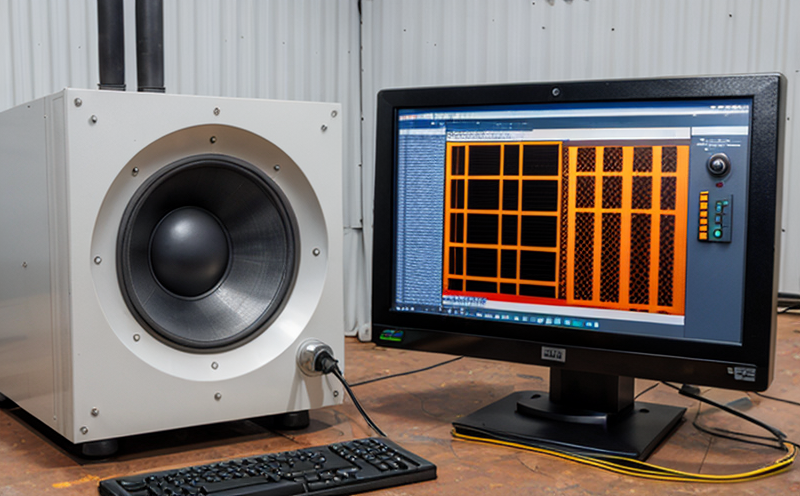Electromagnetic compatibility inspection
The electromagnetic compatibility (EMC) inspection is a critical process that ensures electronic and electrical systems function without causing or suffering from interference. In today's interconnected world, where technology plays an integral role in every sector, the importance of EMC cannot be overstated. This inspection is essential to ensure that products operate as expected without emitting excessive electromagnetic emissions that could disrupt other devices within their vicinity. Compliance with EMC standards is not only a regulatory requirement but also a key factor in maintaining product performance and reliability.
EMC inspections are conducted on a wide range of electrical and electronic products, including consumer electronics, medical equipment, industrial machinery, and communication systems. The primary goal is to ensure that these devices do not emit electromagnetic interference (EMI) that could interfere with other devices or services operating in the vicinity. Conversely, it also ensures that the device is not vulnerable to EMI from external sources.
The process of EMC inspection involves several steps, starting with a thorough review of the product's design and specification against relevant standards such as EN 50178 for road vehicles and IEC 62439-2 for power systems. This includes checking the type approval documentation, technical data sheets, and other pertinent information that can impact the EMC performance of the device.
Once the design review is complete, actual testing begins. This process involves placing the product under controlled conditions to measure its compliance with specified standards. The test setup typically includes a test chamber designed to simulate real-world electromagnetic environments. During these tests, various parameters are measured such as conducted and radiated emissions, immunity, and susceptibility. The results of these tests provide insights into the device's robustness against external interference and its potential for causing interference.
The importance of EMC testing extends far beyond mere compliance; it ensures that products perform consistently across different environments and conditions. For instance, in the automotive industry, where multiple electronic systems are integrated into a single vehicle, ensuring EMC is crucial to prevent malfunctions or safety hazards. Similarly, in healthcare settings, medical devices must be immune to electromagnetic interference to avoid life-threatening errors.
Failure to meet EMC standards can lead to significant consequences, including product recalls, fines, and reputational damage. Compliance with these standards not only protects the manufacturer from legal repercussions but also ensures consumer safety and satisfaction. By adhering to international standards like IEC 61000-4 series, manufacturers can demonstrate their commitment to quality and reliability.
In summary, EMC inspections are vital for ensuring that electrical and electronic systems function reliably in a wide range of environments. They play a crucial role in maintaining product performance, enhancing consumer safety, and protecting against potential interference issues. For these reasons, it is essential for manufacturers to prioritize EMC testing as part of their quality assurance processes.
Why Choose This Test
Choosing an electromagnetic compatibility (EMC) inspection service is a strategic decision that can have far-reaching benefits for any organization involved in the design, manufacture, or supply chain of electrical and electronic products. Here are several reasons why selecting this test is advantageous:
- Regulatory Compliance: Many countries enforce strict regulations regarding EMC to ensure public safety and compatibility among devices. Non-compliance can lead to product recalls, fines, and reputational damage.
- Consumer Trust: By ensuring that products meet EMC standards, manufacturers build trust with consumers who expect safe and reliable appliances.
- Avoidance of Interference: Ensuring that devices do not emit excessive electromagnetic emissions helps prevent interference with other electronic devices, enhancing overall system performance.
- Product Quality and Reliability: EMC testing identifies potential issues early in the development process, allowing for design improvements before production begins.
- Cost Efficiency: Early detection of problems through EMC testing can save significant costs by avoiding costly rework during later stages of product development.
- Safety and Health: Ensuring that medical devices are immune to electromagnetic interference is crucial for maintaining patient safety in healthcare settings.
In conclusion, choosing an EMC inspection service is not just about meeting regulatory requirements; it's about ensuring product quality, reliability, and consumer satisfaction while protecting the manufacturer's reputation. By investing in high-quality EMC testing, organizations can position themselves as leaders in their industry, demonstrating a commitment to excellence.





